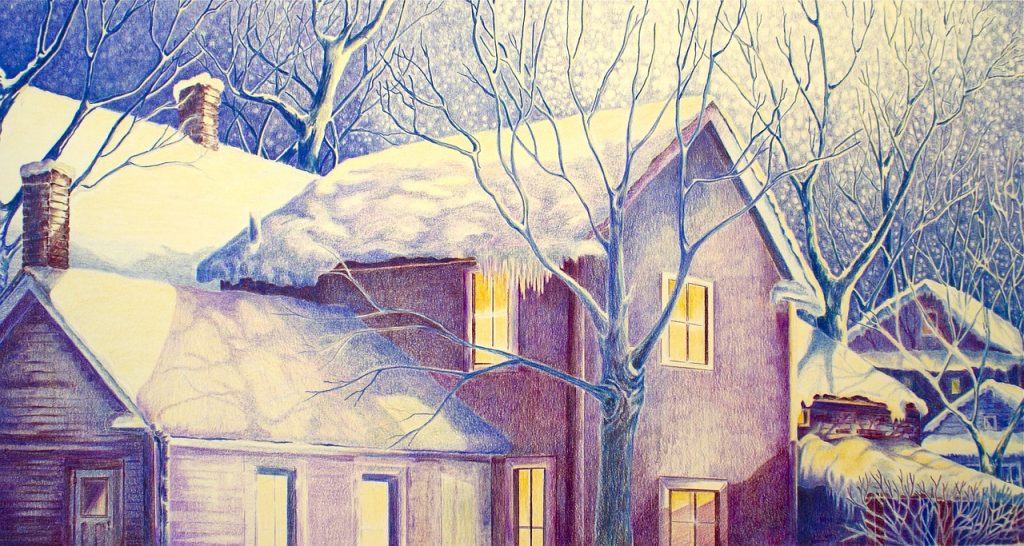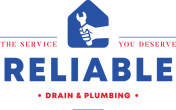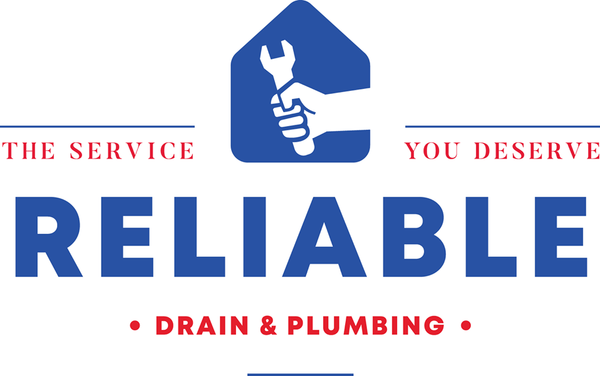
Protecting your home from the winter weather automatically provides more protection for parts. When it comes to preventing pipe freezing or freezing under your home, there are some steps you can take. Below are some tips you can take when winterizing your space.
Tip #1: Start From The Outside and Work Your Way In
When winterizing, it is best to start from the outside and work your way indoors. This allows you to complete your tasks in order, making it easier to track what you got done.
Outdoor winterization involves the following steps:
- Cleaning your gutters
- Removing your garden hose
- Protecting your water lines from cold weather
- Bring your plants indoors
- Looking for roof damage
Our priority is to remove the garden hose and check the water lines as plumbers. This prevents frozen pipes, which tend to cost more than losing the other things.
It would be best to put any other outdoor equipment and furniture into storage. Leaving these outside leads to permanent damage.
Tip #2: Get a Programmable Thermostat
Saving on heating costs this year should be priority number one. Canada’s energy costs have increased by about .20 per kWh, which can add up significantly if you aren’t careful.
With a smart thermostat, you can control when you disable or enable your heater. You can keep it just warm enough to avoid frozen pipes when you are gone and heat it when you enter. That way, you aren’t stuck with one temperature throughout the day.
Tip #3: Perform a Winter Home Inspection
A whole winter home inspection gives you an idea of your overall improvements. Look for the following signs where you can improve:
- Cleaning your fireplace out (if you have one)
- Switching to LED bulbs to save money on light bills
- Spotting window condensation to show signs you have too much moisture
- Seeing if you have the option to acquire better insulation on your windows
- Checking your plumbing system to see if it has an emergency release
- Checking your carbon monoxide detectors
Having an emergency release valve prevents your pipes from potentially bursting. If you have an older home that still has good value, you might consider upgrading your plumbing system to include this.
Sealing the cracks around the window frames in your home is also an ideal activity for this. Preventing air from getting in will stop many winter emergencies.
Tip #4: Inspect Your Water Heater
The winter months come with cold temperatures, making hot water your best friend. It also gives you hot showers and a method to address sickness outside of prepping your hot cocoa.
Just before winter is the best time, but it is never too late if you haven’t for a while. The buildup of sediment in your water tanks is something you don’t want to deal with, as it can lead to expensive repairs.
Final Thoughts
A complete home inspection also includes a review of your home’s pipes. By performing these regular looks, you can save yourself a lot of money. Waterproofing your home is another excellent way to save money from winter issues. Being prepared for anything will ensure you can handle whatever winter throws at you.

